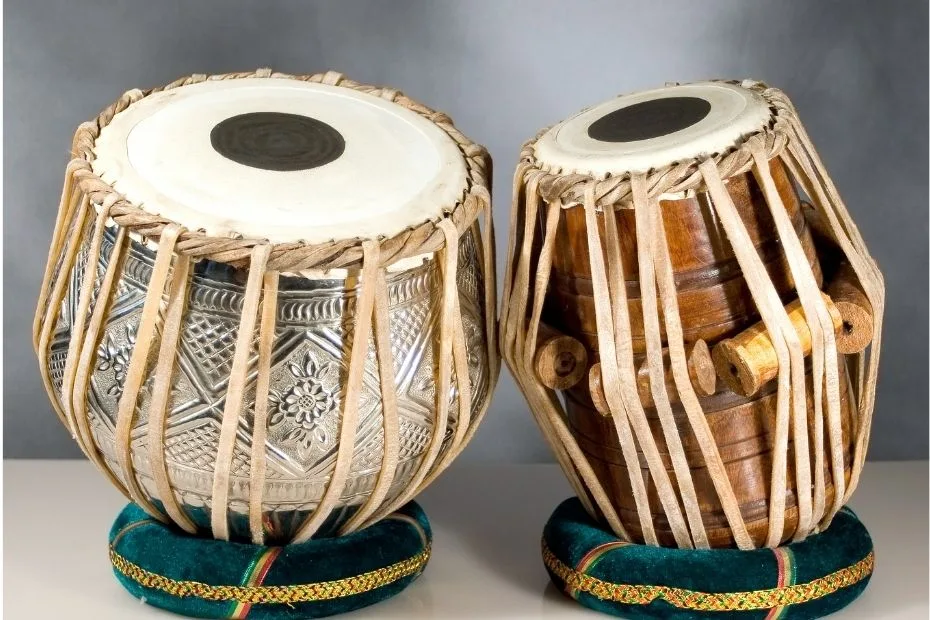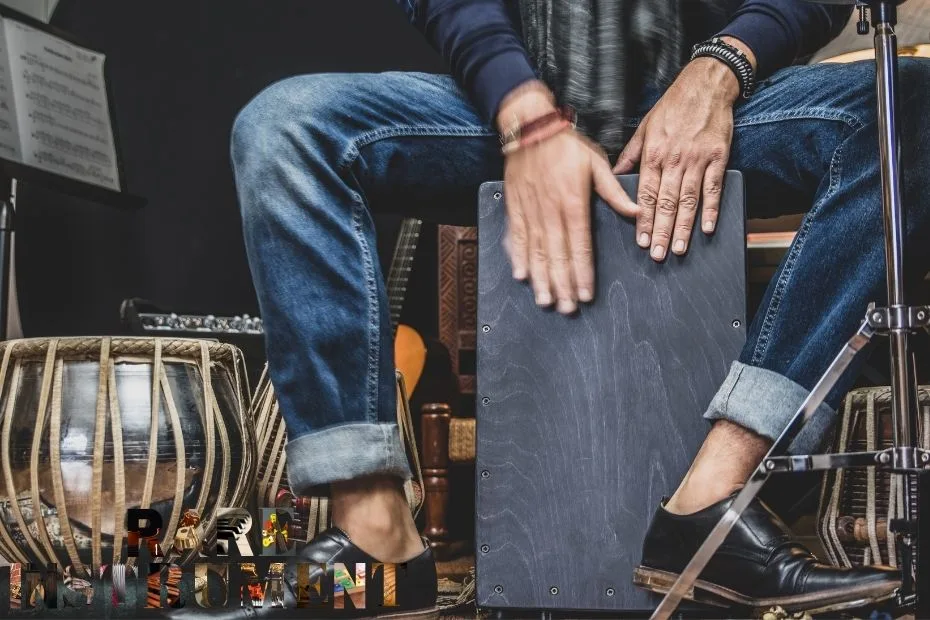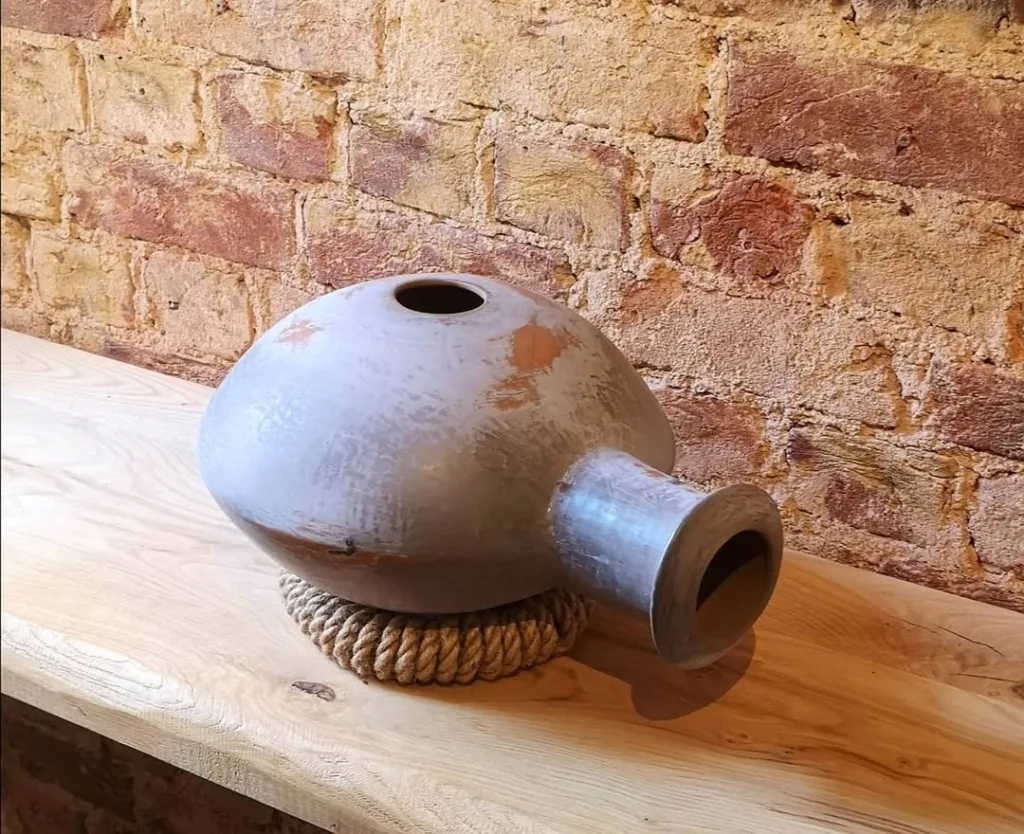The tabla is a cornerstone of Indian classical music, celebrated for its intricate rhythms and expressive tones. Musicians worldwide admire it for its versatility, capable of performing delicate solos or providing dynamic accompaniment. Whether you are a beginner or an advanced percussionist, understanding the tabla’s structure, playing techniques, maintenance, and accessories is essential to maximize its musical potential. This comprehensive guide will walk you through everything you need to know to master this iconic instrument.
1. Introduction to the Tabla
Originating from the Indian subcontinent, the tabla consists of a pair of hand drums: the smaller dayan (right drum) and the larger bayan (left drum). Traditionally crafted from hardwood and metal with goat or cowhide drumheads, each drum produces a unique tonal character. Tabla has been used for centuries in classical, devotional, folk, and contemporary fusion music.
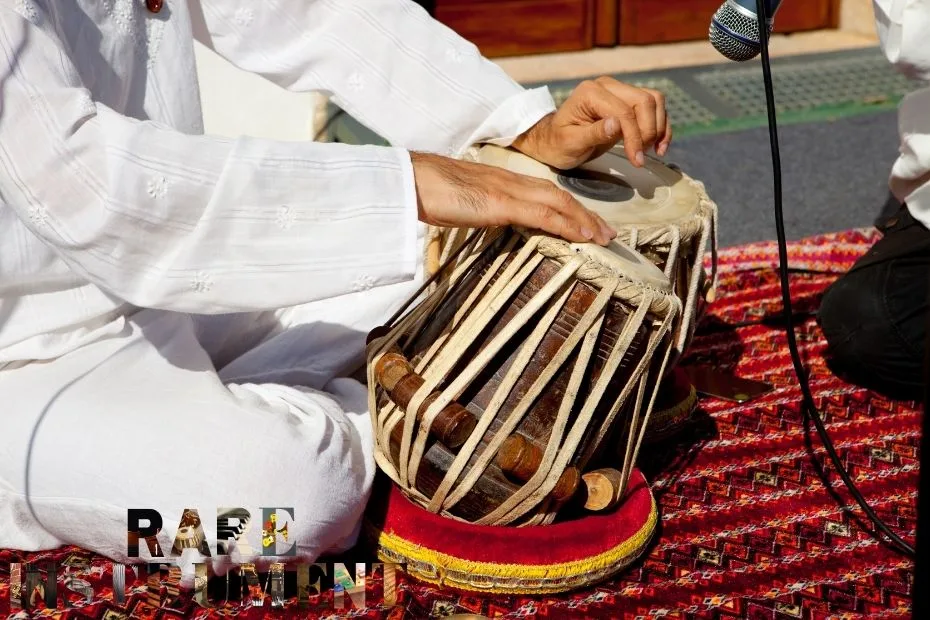
2. Tabla Types and Variations
| Aspect | Dayan (Right Drum) | Bayan (Left Drum) |
|---|---|---|
| Description | Small wooden drum, usually made from teak, rosewood or sheesham wood | Larger metal drum, usually made from brass, copper, or sometimes clay |
| Size | Approximately 5-6 inches in diameter and 10 inches in height | Approximately 9-10 inches in diameter and 11 inches in height |
| Playing Technique | Played with the fingers and palm of the right hand | Played with the fingers, palm, and wrist of the left hand |
| Sound Characteristics | Produces higher-pitched, melodic tones | Produces deeper, bass tones |
| Tuning | Tunable using wooden cylinders placed under the straps | Adjustable pitch by applying pressure with the wrist |
| Components | Pudi (head), Gajra (outer ring), Gatta (tuning blocks), Chatti (resonance chamber) | Larger pudi, Syahi (black spot), Kinare (edge), Maidan (main playing area) |
| Playing Strokes (Bols) | Na, Tin, Ta, Tun, etc. | Ghe, Ga, Ke, Kat, etc. |
| Role in Performance | Carries the melodic and rhythmic patterns | Provides the bass foundation and rhythmic emphasis |
| Maintenance | Requires regular tuning and occasional replacement of the head | Requires occasional application of flour paste to lower pitch |
| Notable Players | Zakir Hussain, Alla Rakha, Anindo Chatterjee, Swapan Chaudhuri, Pandit Suresh Talwalkar | |
| History/Origin | Evolved from ancient Indian drums; current form developed in the 18th century | |
| Musical Context | Primary percussion instrument in Hindustani classical music; also used in devotional, popular, and fusion music | |
3. Essential Playing Techniques
Tabla performance requires precision in hand movements and finger placement. Key strokes include:
- Dha / Dhin: Full stroke producing resonant sound on both drums.
- Na / Tin: Single-stroke high pitch on the dayan.
- Ge / Ghe: Bass stroke produced on the bayan.
- Teka / Tee: Quick, lighter strokes for embellishment and rolls.
4. Tuning and Care
Tabla tuning is delicate. Dayan is tuned using wooden blocks and hammer, while bayan tuning involves adjusting hand pressure and paste. Regular maintenance includes:
- Cleaning: Wipe drum surfaces with dry or slightly damp cloth.
- Tuning Paste: Apply syahi paste sparingly for tonal precision.
- Storage: Keep in dry, cool area; avoid direct sunlight and humidity.
- Inspection: Regularly check drumheads and wooden shells for cracks or wear.
5. Accessories for Tabla
- Tabla Bag: Protects the pair during transport.
- Ring & Hammer: Essential for tuning and adjustments.
- Practice Mat: Prevents slipping and provides stability.
- Electronic Triggers: For hybrid or recording setups.
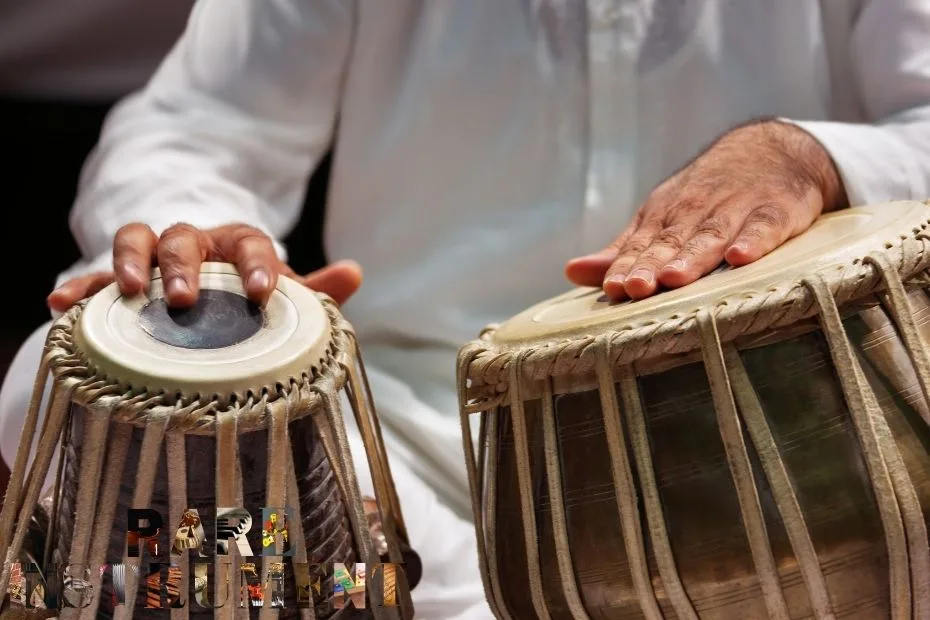
6. Common Mistakes to Avoid
- Over-tightening or uneven tuning, which can damage the drumhead.
- Neglecting cleaning or tuning paste adjustments.
- Storing in damp or excessively hot environments.
- Using harsh chemicals on drum surfaces.
- Ignoring small cracks or damage early on.
7. Advanced Techniques and Performance Tips
- Experiment with finger combinations to produce intricate rhythms.
- Practice traditional compositions like kaida, rela, and gat for versatility.
- Combine tabla with other percussion for fusion styles.
- Use dynamic hand pressure for tonal variation in solos and accompaniment.
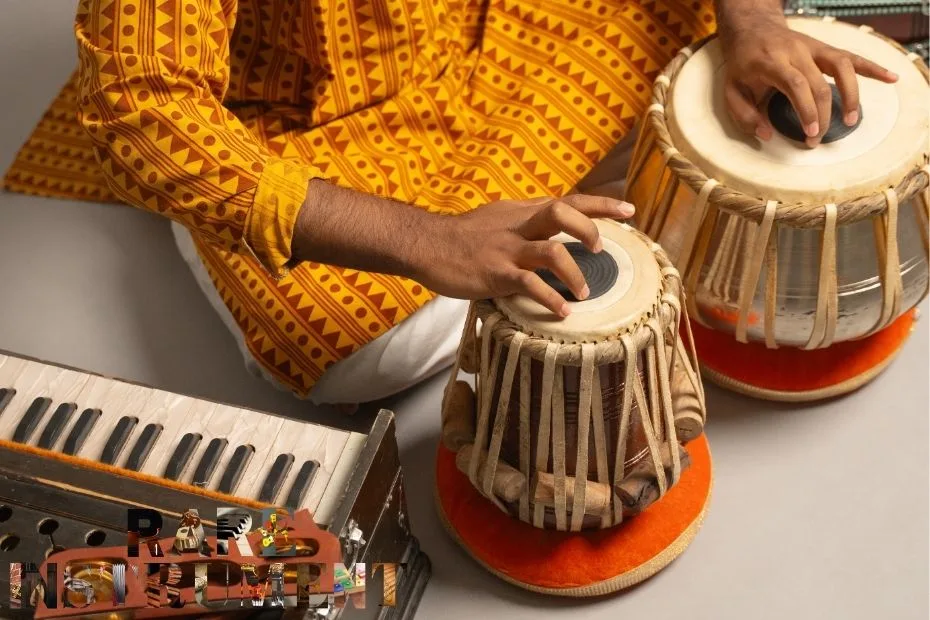
8. Conclusion
Mastering the tabla requires dedication, proper technique, and consistent maintenance. With the right accessories and attention to tuning and care, your tabla will provide rich, expressive tones for years. This guide ensures that musicians—from beginners to professionals—can explore the full potential of this timeless instrument.

